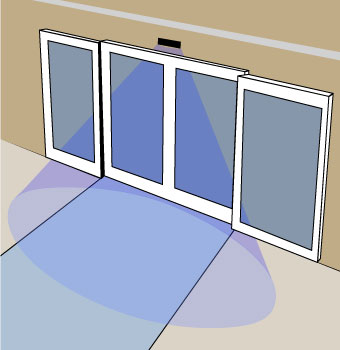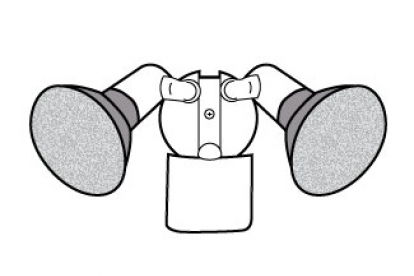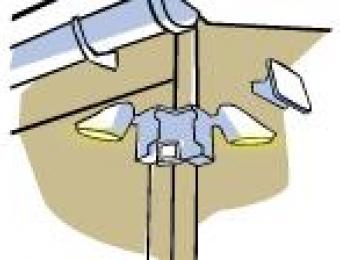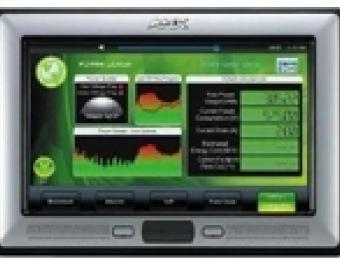
A motion sensor (also called an occupancy sensor) can determine if a room or outdoor area is occupied or not, and turn lights on and off when appropriate. Teamed with a light level sensor, these systems can be set to only operate at night, or whenever artificial light is required. Sensor switches are most commonly used for security purposes, but can also be used around the house as a means of reining in your electricity usage.
Sensor types
There are two main sensor types in common use; passive infra-red (PIR) sensors, and ultrasonic sensors. The PIR sensors, while not as effective in areas where there are large obstacles or obstructions, are the more popular variety for home use. These are generally mounted high on walls, corners and ceilings, and operate by sensing heat differences caused by humans (or animals) moving in and out of the sensor’s field of view.
The second, less common variety of sensors is ultrasonic sensors. These types of sensors operate using the ‘Doppler principle’. They emit a sound, and detect it as it is reflected back. Changes or movement in the vicinity of the sensor will change the frequency of the sound that is reflected back and trigger the sensor. These types of sensors are able to operate around corners and are not as dramatically affected by large obstacles within the sensor’s ‘line of sight’.
Dual technology motion detectors are also available that make use of both of these technologies at the same time. These systems are generally considered to be more accurate, and are designed to reduce the incidence of false alarms.
Curbing energy usage
It’s easy to think that leaving your lights on as you go in and out of rooms isn’t such a big deal, and to a certain extent you’re right – the amount of energy saved using sensors in this way is relatively small in the short term. But if it becomes a habit, the power consumed by lighting can eventually add up and hit you hard in the hip pocket over the long term. Using a motion detector to avoid these problems can lower your energy consumption, as well as save you money.
As energy costs continue to rise, everything you can do to reduce your consumption will become more and more important. Through the use of occupancy sensors you can have the lights switch off automatically after a room is vacant for a set period of time, which means you won’t accidentally leave them on and use excess power.
The sensors themselves, while they do generally require mains electricity to operate, generally consume less than 1 watt of power. In fact, many sensors operate perfectly well while consuming only a fraction of this amount of power.

Security
Movement sensors can also be used in security lighting applications. The most common security use is to install a motion sensor at the front door as a intruder deterrent, as well as a convenience when unlocking doors at night. Most modern PIRs have a light level sensor built in so they only turn on when it is dark. Further, some PIR models can be set up to sound a chime as well as turn on the light.
Most sensors are configurable to your specific requirements. They are adjustable in terms of how much light is needed for them to activate, how long they stay activated and what level of motion they detect.





